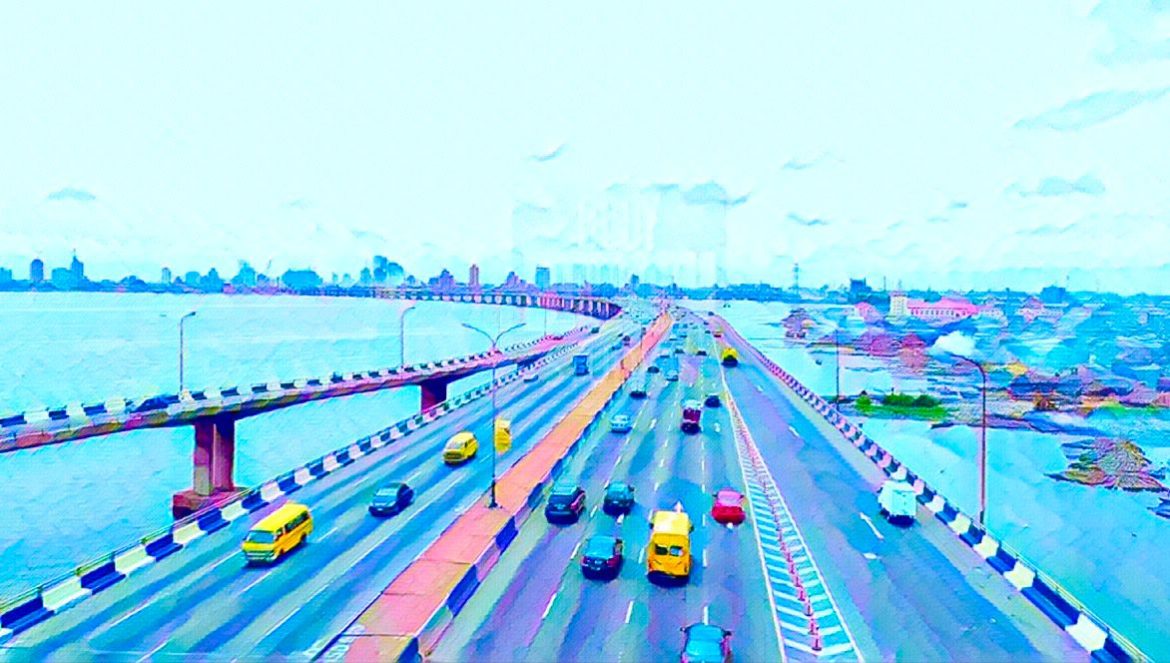KEY POINTS
-
Third Mainland Bridge repair cost estimated at over ₦3 trillion.
-
FEC approved nationwide bridge repairs and road upgrades.
-
EPC+F and PPP models to fund large-scale projects.
Nigeria’s Third Mainland Bridge, the nation’s busiest and longest, is set for a structural overhaul costing more than ₦3 trillion.
Minister of Works David Umahi said extensive underwater and structural damage demands urgent intervention, with rehabilitation projected at ₦3.8 trillion and a full rebuild slightly lower at ₦3.6 trillion.
Third Mainland Bridge faces costly repairs
Underwater assessments revealed severe erosion, corrosion, and damage to the bridge’s piles and piers, caused by illegal sand mining and decades of neglect.
Seven specialist contractors will conduct detailed investigations, designs, and bids under an EPC+F arrangement. Umahi confirmed similar findings for the Carter Bridge, which Julius Berger deemed beyond repair at an estimated ₦359 billion.
The Federal Executive Council approved public-private partnership bids for both projects, with talks ongoing with international lenders, including Deutsche Bank.
Built in 1990, the Third Mainland Bridge is critical for Lagos’ 20 million residents and has undergone periodic maintenance, but recent inspections showed unprecedented deterioration.
Massive infrastructure push beyond Lagos
The FEC also approved repairs for multiple damaged bridges nationwide, including the Jalingo, Ido, Keffi, Mokwa, and Jebba bridges.
Additionally, ₦493 billion has been allocated for upgrading the Kano–Katsina Road and constructing a new Carter Bridge. Rising costs from inflation and economic shifts have driven sharp contract revisions on the 152-kilometre Kano–Katsina corridor.
According to The Guardian, Umahi stressed the importance of EPC+F and PPP models to draw in private capital, reducing pressure on federal budgets while ensuring government oversight and quality control.


